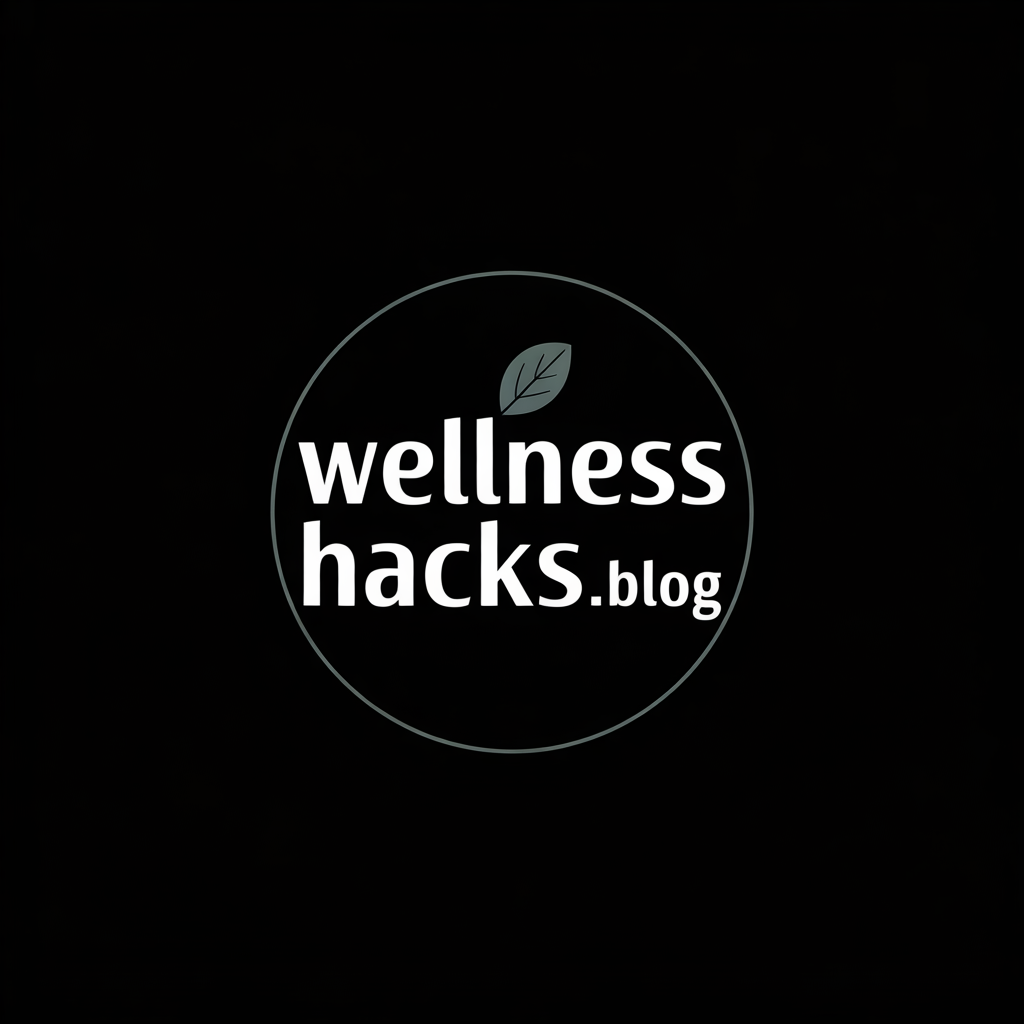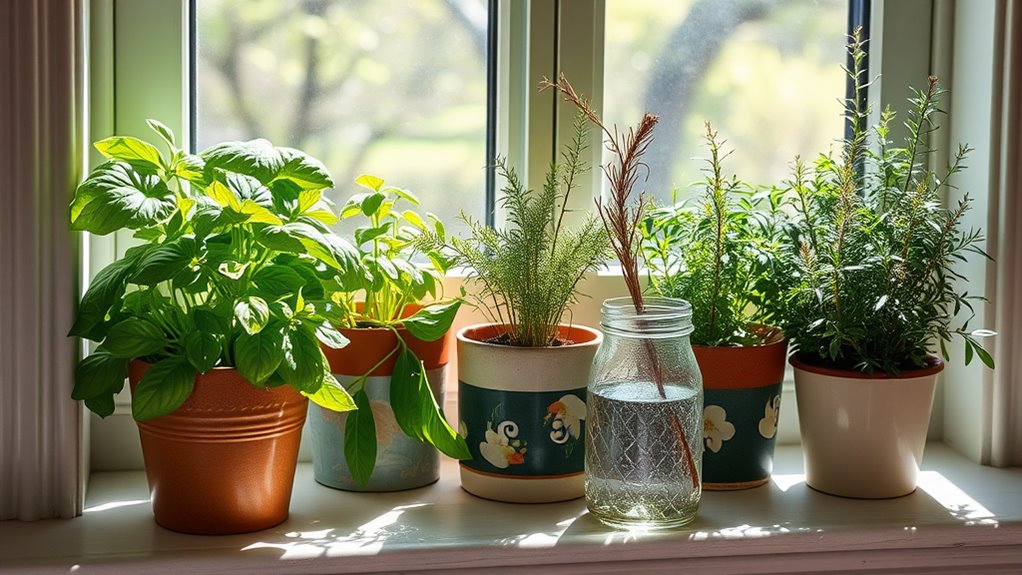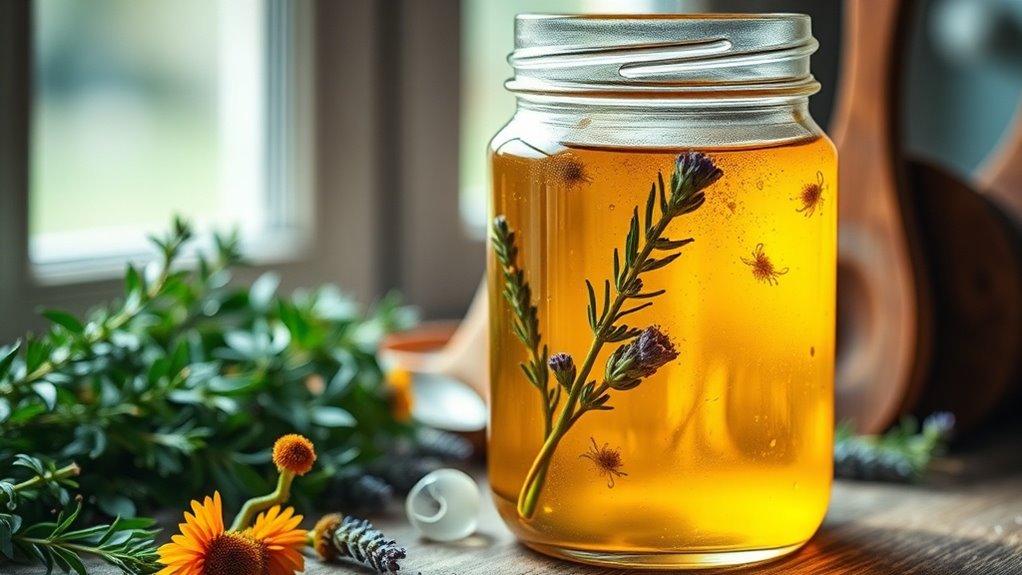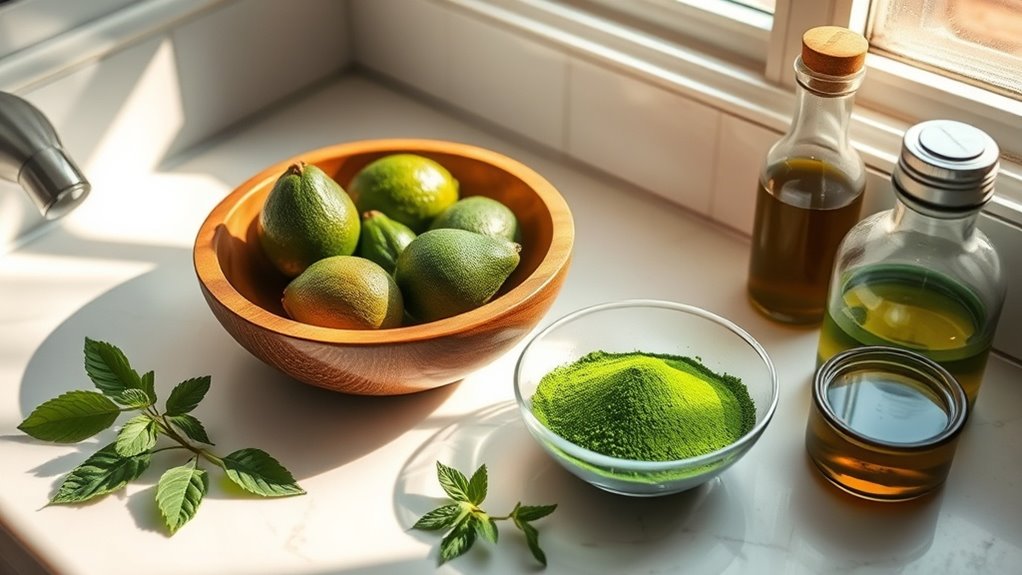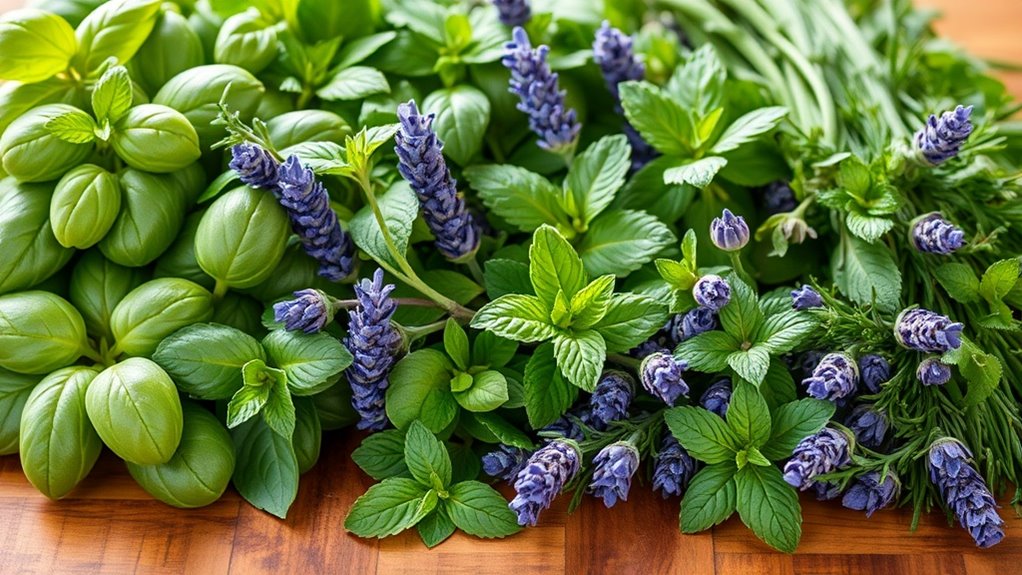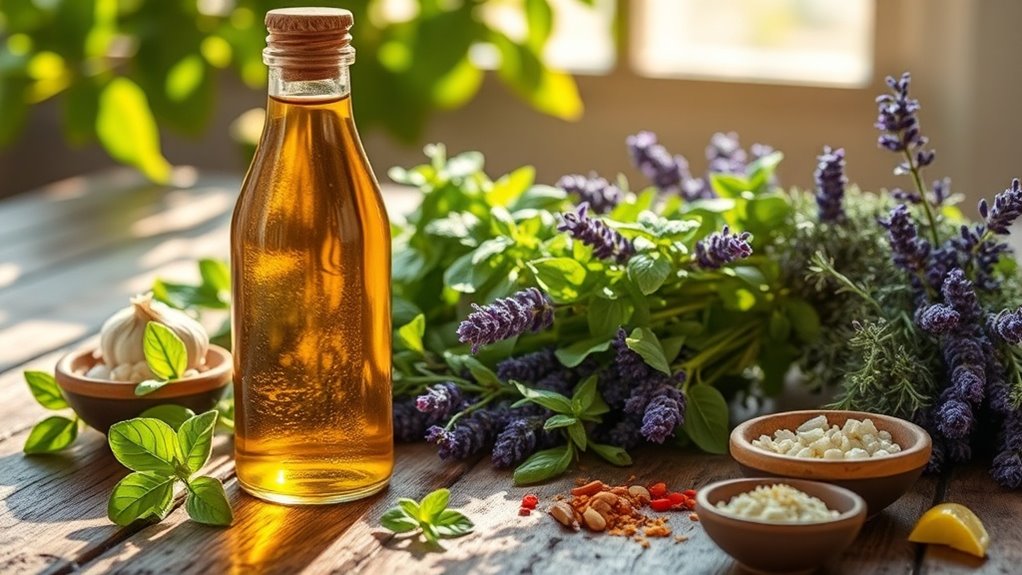Start a Kitchen Herb Garden Without a Backyard
You can easily start a kitchen herb garden indoors without a backyard. Choose fast-growing herbs like basil, parsley, and chives, which thrive in smaller spaces. Use containers with drainage holes and a nutrient-rich potting mix. Position your herbs where they’ll get 6-8 hours of sunlight daily, like near a south-facing window. Water deeply but infrequently to prevent waterlogging. With these tips, you’ll be on your way to a thriving indoor herb garden. More insights await!
Choosing the Right Herbs for Indoor Growth
When it comes to cultivating a thriving indoor herb garden, selecting the right herbs is crucial.
For your countertop herb garden, consider fast-growing and low-maintenance options like basil, parsley, and chives.
These herbs thrive in smaller spaces and require minimal care.
Basil loves warmth and sunlight, while parsley can tolerate partial shade.
Chives bring a mild onion flavor and grow well in various conditions.
Always choose herbs you enjoy using in your cooking, as this makes maintenance more rewarding. Additionally, herbs like fast-growing options can ensure that you have a continuous supply of fresh flavors at your fingertips.
Selecting Suitable Containers and Potting Mix
Selecting suitable containers and potting mix is essential for your indoor herb garden’s success.
Start by selecting containers that provide good drainage, like pots with holes at the bottom.
Next, opt for lightweight materials such as terracotta or plastic, which are easy to move.
Finally, use a quality potting mix designed for herbs, ensuring it’s well-draining and nutrient-rich. Well-draining soil is crucial for preventing root rot and promoting healthy growth.
Here’s a quick checklist for your selection:
- Drainage: Ensure containers have drainage holes.
- Material: Choose lightweight options like terracotta or plastic.
- Potting Mix: Use a nutrient-rich, well-draining mix for optimal growth.
Optimal Light Conditions for Your Herb Garden
How can you ensure your herbs thrive indoors? Start by placing them in a spot where they’ll receive at least 6-8 hours of direct sunlight daily.
South-facing windows are ideal, but if that’s not possible, consider using grow lights. Position the lights about 6-12 inches above your herbs and keep them on for 12-16 hours a day.
Rotate your pots regularly to ensure even light distribution and prevent uneven growth.
Monitor your herbs for signs of too much sun—yellowing leaves can indicate sunburn, while leggy growth suggests they need more light. Adjust their placement accordingly for optimal health. Additionally, it’s crucial to know about plant selection as certain herbs thrive better in indoor environments than others.
Watering and Maintenance Tips for Healthy Herbs
After ensuring your herbs receive the right amount of light, the next step involves mastering the art of watering and maintenance.
Here are some essential tips:
- Check Soil Moisture: Stick your finger about an inch into the soil. If it feels dry, it’s time to water.
- Watering Technique: Water deeply but infrequently, allowing excess to drain out. Avoid waterlogging.
- Fertilization: Use a balanced, water-soluble fertilizer every 4-6 weeks during the growing season to nourish your herbs. Additionally, growing herbs indoors allows you to enjoy fresh herbs year-round, regardless of outdoor conditions.
Harvesting and Using Your Fresh Herbs
When’s the best time to harvest your fresh herbs? Aim for early morning after the dew dries. This timing ensures maximum flavor.
Snip leaves just above a leaf node to encourage growth; don’t take more than one-third of the plant at a time.
For herbs like basil and mint, consider pinching off flowering buds to keep the leaves tender.
After harvesting, rinse your herbs gently and pat them dry.
Use them fresh in salads, sauces, or as garnishes.
You can also dry or freeze excess herbs for later use, preserving their vibrant flavors for your cooking adventures. Growing your herbs in pots allows for easy access to fresh herbs and makes maintaining your garden simpler than you might expect.
